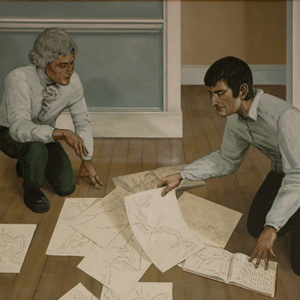Harry Fritz

Todd Goodrich photo
Professor of History
The University of Montana, Missoula, Montana
Harry W. Fritz has taught a wide variety of courses in American history, including “United States History to the Civil War,” “The Colonial and Revolutionary Experience to 1815,” “The Age of Jefferson 1789-1815,” “Afro-Americans to Emancipation,” “Lewis and Clark in Montana,” “The Marias River and Montana History,” and “The Nez Perce (Nee-Me-Poo) Historic Trail.” His thirty-odd publications include several books, such as Montana: Land of Contrasts (Woodland Hills, CA: Windsor Publishing Co., 1984), and essays such as “The Origins of Twenty-first-Century Montana,” published in Montana: The Magazine of Western History (Winter 1992) and reprinted in Robert R. Swartout, Jr. and Harry W. Fritz, eds., The Montana Heritage: An Anthology of Historical Essays (Helena: MHS Press, 1992).
His other writings include “Meriwether Lewis, William Clark, and the Discovery of Montana,” for the Lewis and Clark Trail Heritage Foundation’s 16th Annual Convention, and published as WPO Publications No. 8 (November 1984); “The Underside of the Lewis and Clark Expedition: The Travail of Meriwether Lewis,” for the Southern Historical Association in Houston, TX (1985); and “The Bow of Ulysses: Presidential Leadership Under Jefferson and Madison,” for the Northern Great Plains History Conference (1977).
Contributions
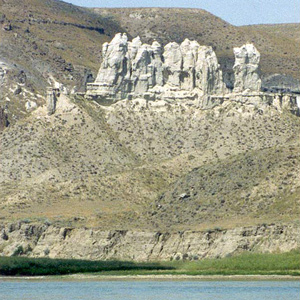

Near the mouth of the Knife, in late October 1804, the expedition settled down for the winter. After the river ice broke up, the keelboat left for St. Louis and six new dugout canoes headed the opposite direction, up the Missouri river.


The captains were worried. The expedition was quickly running out of time and space: time to cross the Rockies before winter, and space to find the Shoshones, with their horses and guides. Another month of increasingly toilsome river travel would ensue.
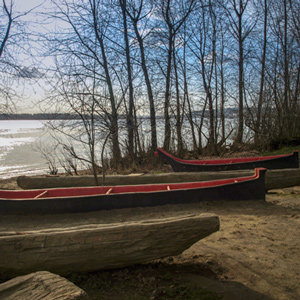

On 23 March 1806, once again battling the rising spring runoff, as it had each of the two previous years on the Missouri, the Corps of Discovery started up the Columbia River towards home.
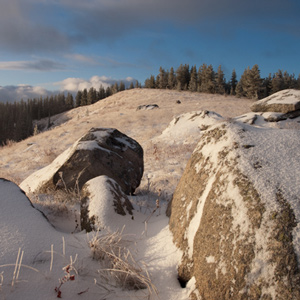

After trading for horses with Sacagawea’s people, the expedition turned north and then west, on what would indisputably be the most exhausting and debilitating segment of the entire journey, the passage across the Bitterroot Mountains.
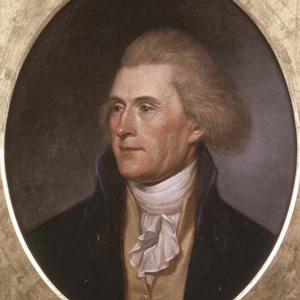

To understand the Lewis and Clark Expedition, one must understand this complex American leader.
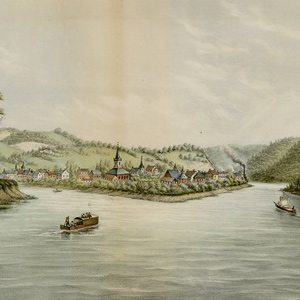

The Corps of Discovery, as it would be called, or the “corps of volunteers for North Western Discovery,” as Lewis put it, epitomized the rising glory of the United States—its sense of limitless possibilities and unparalleled opportunities.
Experience the Lewis and Clark Trail
The Lewis and Clark Trail Experience—our sister site at lewisandclark.travel—connects the world to people and places on the Lewis and Clark Trail.
Discover More
- The Lewis and Clark Expedition: Day by Day by Gary E. Moulton (University of Nebraska Press, 2018). The story in prose, 14 May 1804–23 September 1806.
- The Lewis and Clark Journals: An American Epic of Discovery (abridged) by Gary E. Moulton (University of Nebraska Press, 2003). Selected journal excerpts, 14 May 1804–23 September 1806.
- The Lewis and Clark Journals. by Gary E. Moulton (University of Nebraska Press, 1983–2001). The complete story in 13 volumes.
